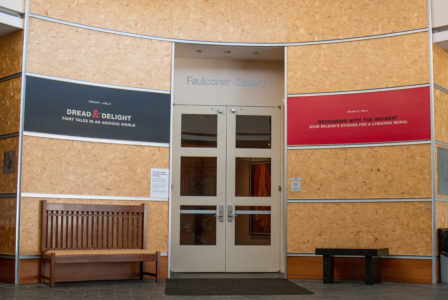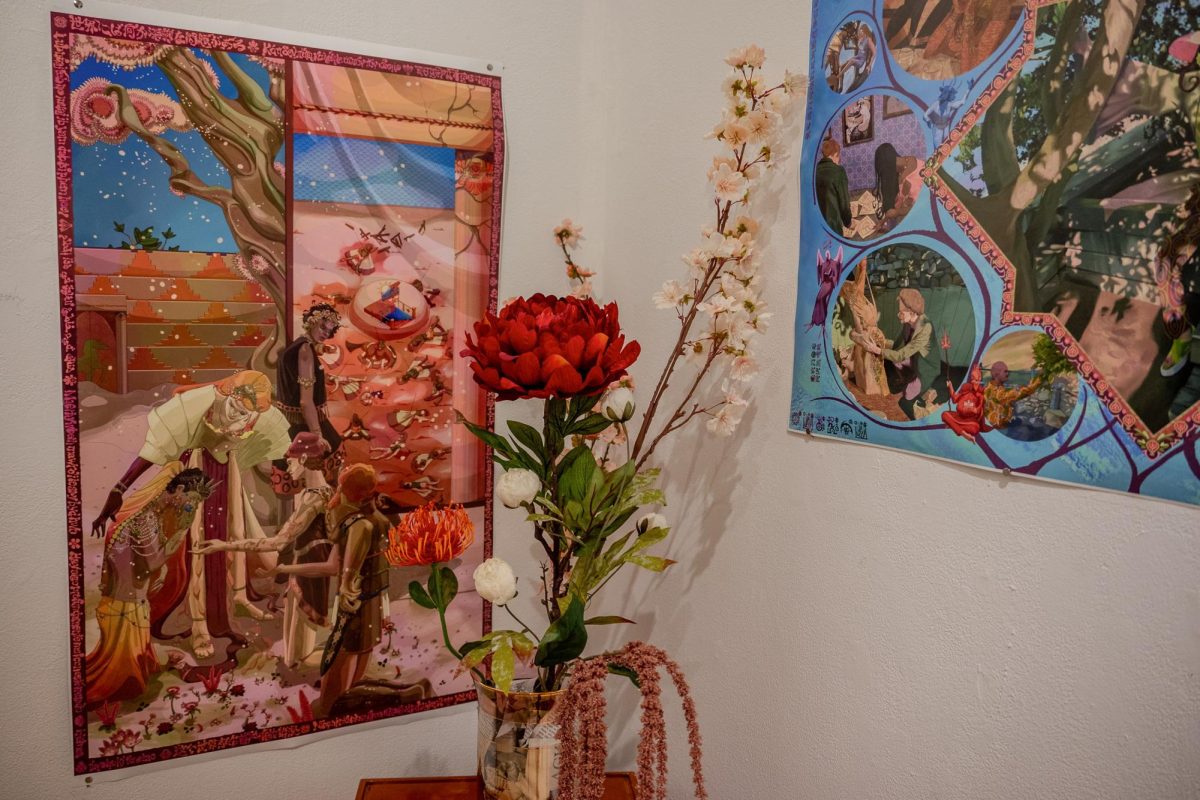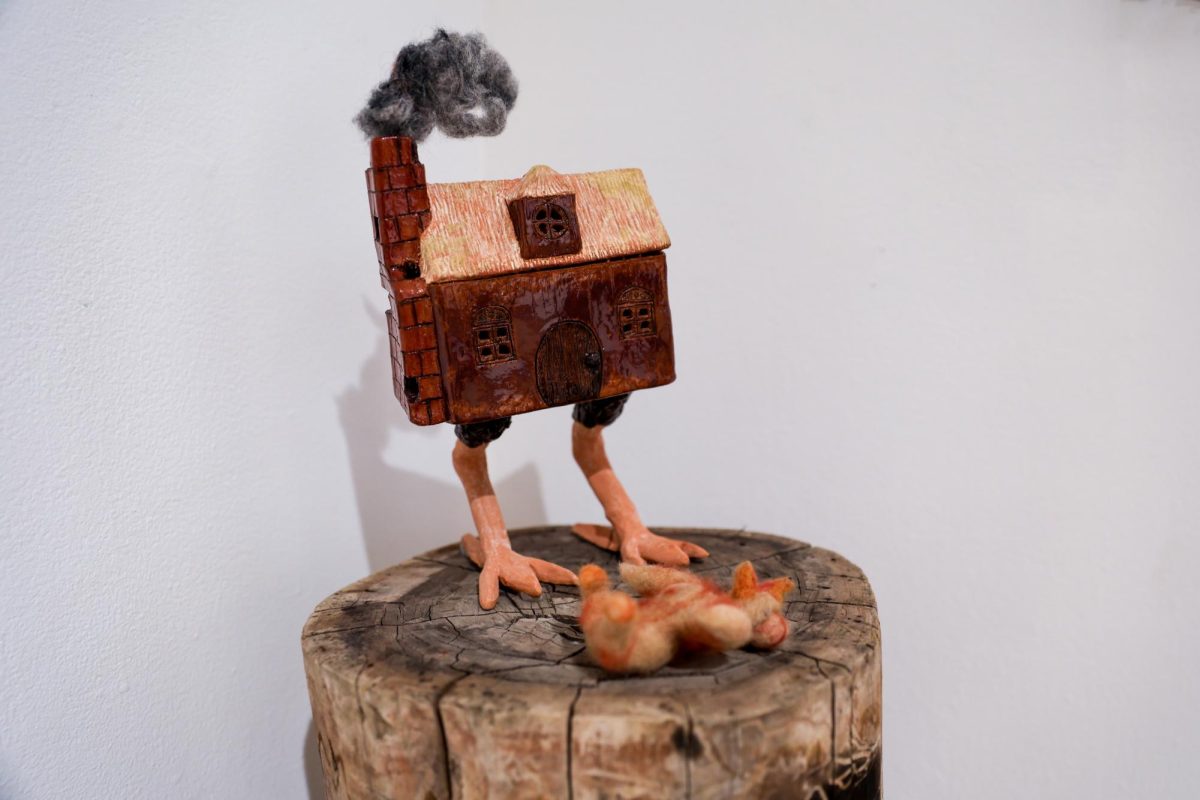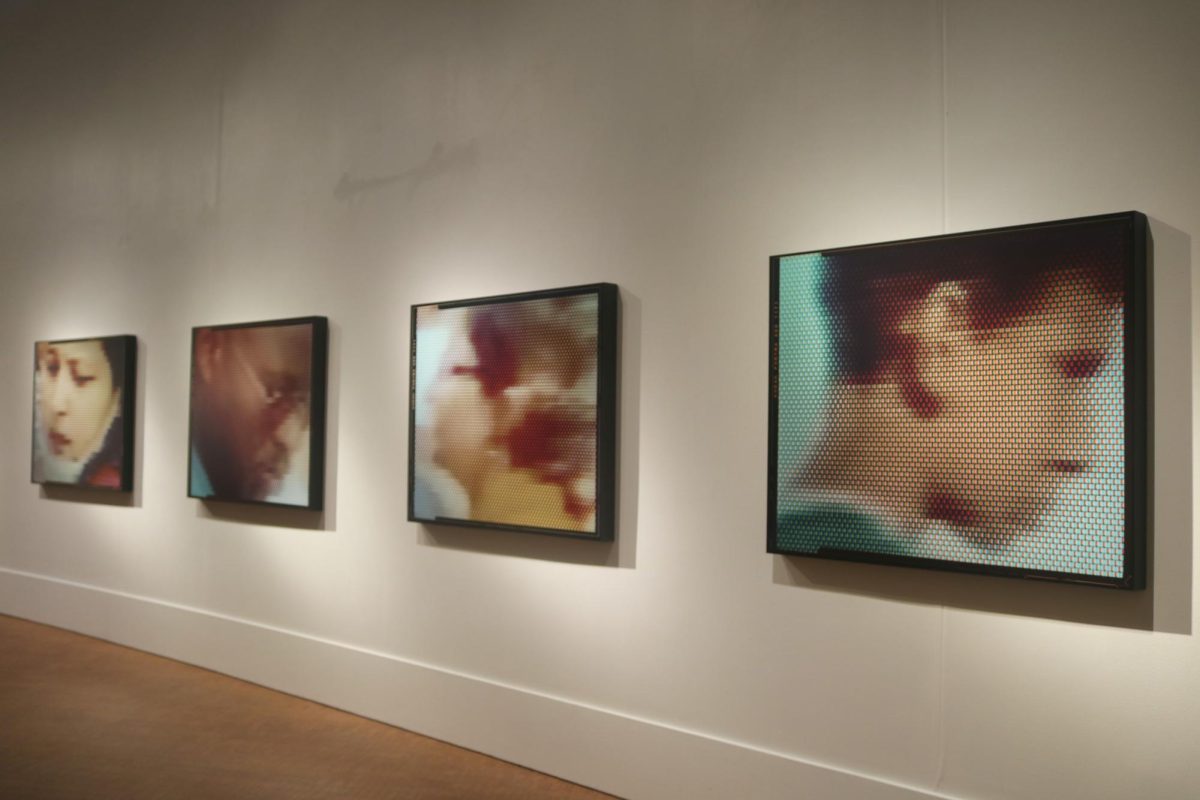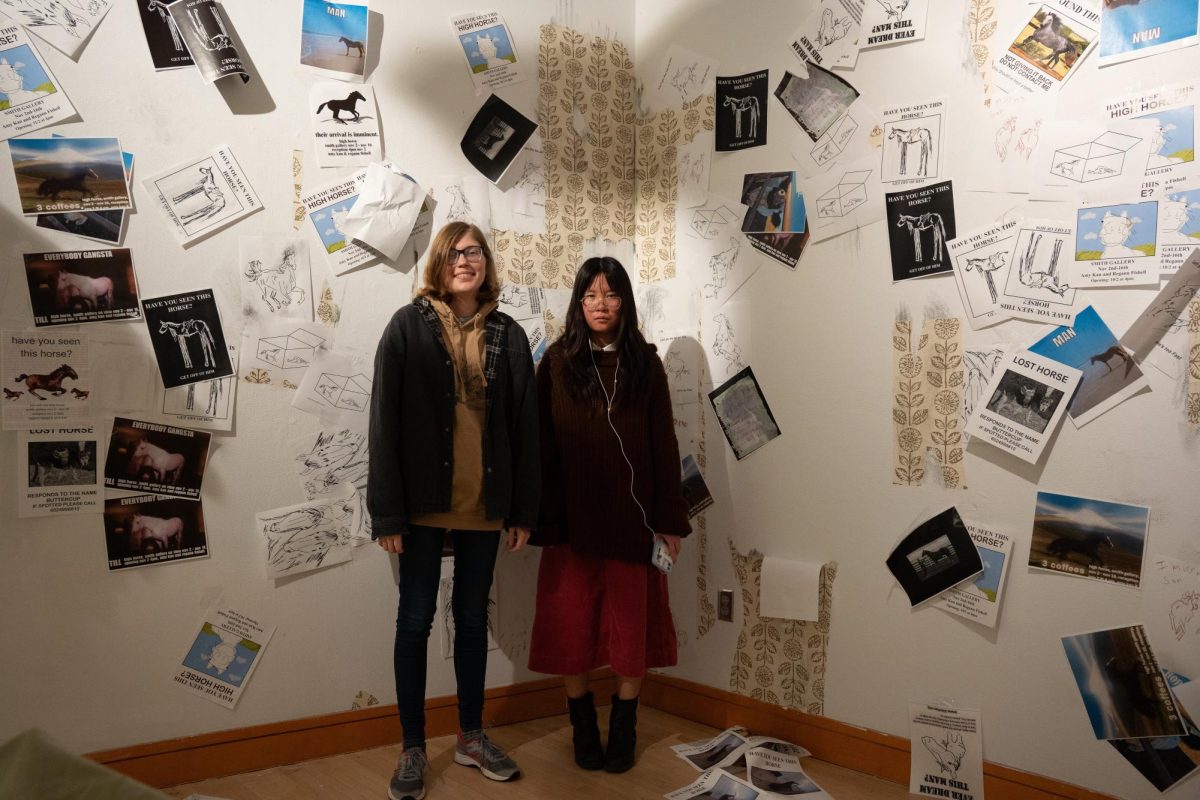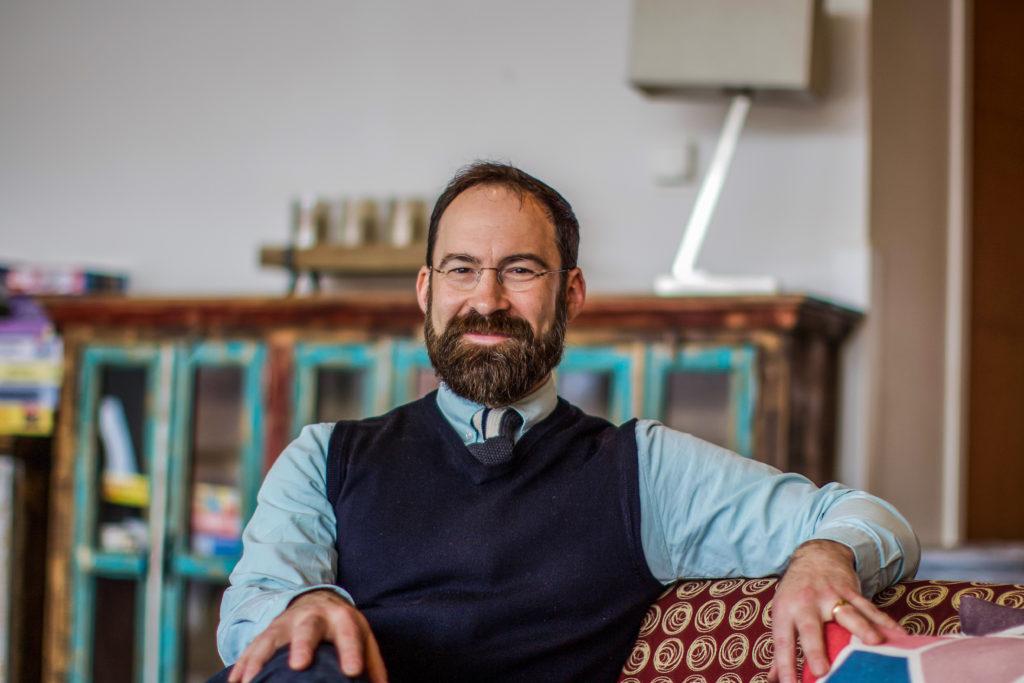The Bachelor of Arts Exhibition, known as BAX, is an opportunity for third- and fourth-years in the studio art department to showcase their work in the Faulconer Gallery. Many studio art majors see the show as an important opportunity to gain experience displaying their work in a gallery space.
The exhibition, which will go up towards the end of the semester, was founded in 2014, when students chose to replace a pre-existing exhibition known as the Student Art Salon. The Salon allowed any student, regardless of their affiliation with the studio art department, to submit their work. Only art selected by a juror made it into the show.
Lesley Wright, director of the Faulconer Gallery, said that this competitive aspect posed problems for studio art majors: “ … it was problematic because depending on the juror sometimes a senior [studio art]major didn’t get into the show … So this [incarnation of the show] means that everyone who is serious about art who wants to be in BAX can be in it, because the students are self-governing that aspect of the exhibition.”
Additionally, now that a juror does not have to pre-select every piece for the show, students can make more ambitious and complex installations and submit collaborative work more easily. A juror chosen by the Studio Art SEPC, which coordinates BAX, then comes to the completed exhibition and selects pieces to win prize money. This year, the juror will be Verónica Casado Hernández, described on her website as “a visual artist, cultural historian, and founding member of the researched-based feminist art collective The Great Social Evil.”
Wright said that prioritizing the studio art department through BAX is helpful for students in the department. “[BAX] is a chance to see what the identity of studio art at the College this year has been like … I think it’s very important that we validate student art by showing it in the Falconer Gallery.”
Bojana Crnomarkovic ’20, a member of the Studio Art SEPC, said that BAX is an important time for studio art students to see each other’s work.
“I love BAX,” she said. “I think a lot of times you don’t see the work of people unless they’re in your class …”
Another crucial difference between the Studio Art Salon and BAX is that the Art SEPC began to make an annual publication documenting BAX, providing an element of institutional memory to the studio art department. This is especially important because, for many studio art students, exhibiting in BAX can be a formative part of their development as an artist in the Grinnell community.
Olivia Caro ’17 was one of those artists. Caro showed three pieces at BAX, two of which were collaborative: a zine library, a piece which utilized frozen period blood to explore shame and a book engraved with images of menstrual blood.
Caro saw exhibiting their work in BAX as an important learning experience which, in their words, “demystified the process of showing work, and has made me more confident in applying for things now.”
Josh Anthony ’17 also exhibited work in BAX during his time at Grinnell: “With Winged Words,” a set of wearable wings made of handpicked prairie grass from CERA and “Let Me Be Your Bethesda,” which focused on the experience of Anthony’s mom giving him milk and turmeric when he was sick, using words stenciled in turmeric on the surface of a tray of milk that had been boiled and cooled.
Anthony said that exhibiting in Faulconer made him feel more confident in his art. In an email to The S&B, he wrote that “The work of an artist can often be filled with self-doubt and worry, and having our work live in the space of the Faulconer was an invaluable encouragement.”
Anthony also pointed out how important BAX is in developing an artistic community at the College.
“Showing work in BAX, viewing all the exceptional work of my friends in BAX, and working on BAX with Art SEPC and Faulconer Gallery, all deepened the sense of belonging I felt to the generous artistic community that surrounded me,” he said. “The community I found in Grinnell was, and still remains, fundamental to my development as an artist.”
